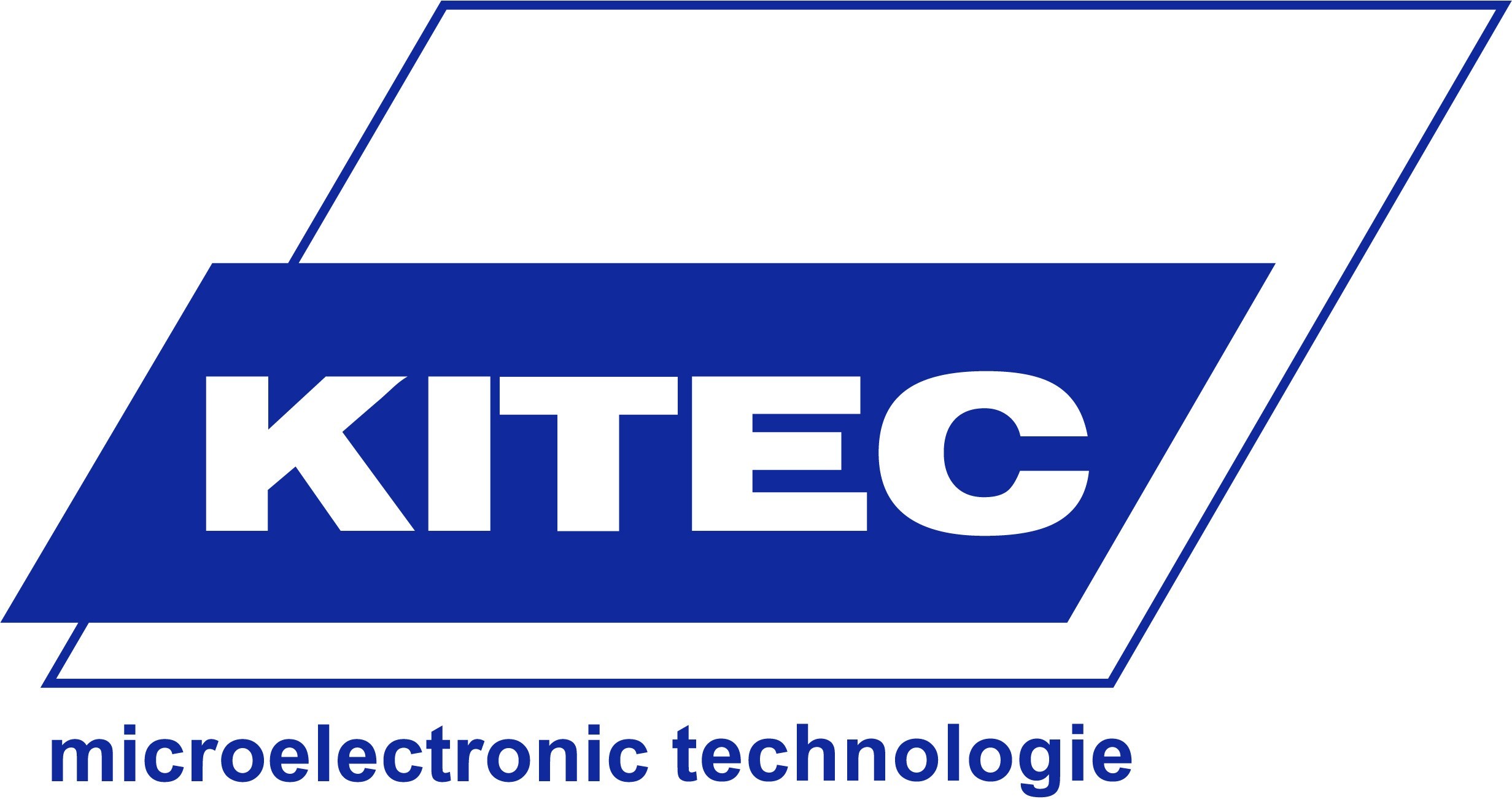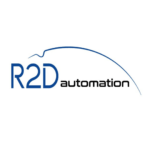The benefits of industrial automation to improve productivity
In an industrial environment, automation is a key element to improve productivity and competitiveness. Automation is the use of machines and technologies to perform repetitive or hazardous tasks autonomously, without human intervention.
This article explores the benefits of industrial automation for companies of all sizes, focusing on cost savings, increased production, improved quality, enhanced safety and improved energy efficiency. It also explores the different types of industrial automation, the most commonly used technologies, and key considerations for implementing a successful automation system.
The benefits of industrial automation
Industrial automation has many benefits for businesses, including:
Cost savings : industrial automation can help companies reduce costs by eliminating human error, reducing machine downtime and optimizing the use of raw materials. Automation also reduces labor costs, as some tasks can be performed by machines rather than human workers.
Increased production : by automating production processes, companies can increase their output and their ability to meet market demand. Machines can work faster and more efficiently than human workers, increasing the number of products produced in a given time.
Increased quality : industrial automation can help improve product quality by eliminating human error and ensuring more consistent production. Machines can perform tasks repeatedly and accurately, ensuring consistent product quality.
Enhanced safety : by automating hazardous tasks, companies can reduce safety risks for workers. Machines can perform hazardous tasks without risk to workers’ lives and health, improving their safety in the workplace.
Improved energy efficiency: industrial automation can help companies save energy by optimizing the energy consumption of machines. Machines can be programmed to operate more efficiently, reducing energy consumption and saving money.
Types of industrial automation and current technologies
There are different types of industrial automation, each with its own benefits and applications. Here are the most common types:
Process automation: process automation involves the use of software to automate tasks such as data collection and analysis, production management and supply chain planning.
Production automation: Production automation involves the use of machines and robots to automate tasks such as manufacturing, packaging, and shipping products.
Logistics automation: Logistics automation involves the use of machines to automate tasks such as sorting, storing and transporting products.
Maintenance automation: Maintenance automation involves the use of sensors and software to monitor the condition of machines and equipment, as well as to schedule and perform preventive maintenance.
The most commonly used technologies for industrial automation include:
Robots : robots can be programmed to perform repetitive or dangerous tasks, freeing up human workers for more complex and creative tasks.
Sensors – Sensors can be used to monitor the condition of machines and equipment, detecting problems before they turn into costly breakdowns.
Production management software : Production management software can be used to plan and track production in real time, reducing downtime and optimizing resource utilization.
Control systems : Control systems monitor and regulate production processes, which helps optimize quality and productivity.
Key considerations for implementing industrial automation
To successfully implement an industrial automation system, it is important to consider several key factors:
Assessing costs and benefits : before implementing an automation system, it is important to assess the potential costs and benefits. The capital costs can be high, but the potential benefits in terms of efficiency, quality and safety can be significant.
Staff training : Industrial automation may require specialized skills for programming, maintenance and monitoring of machines. It is important to train personnel to work effectively with the machines and technologies.
Transition planning : The transition to an automation system may require careful planning and implementation to minimize disruptions in production and ensure a smooth transition.













